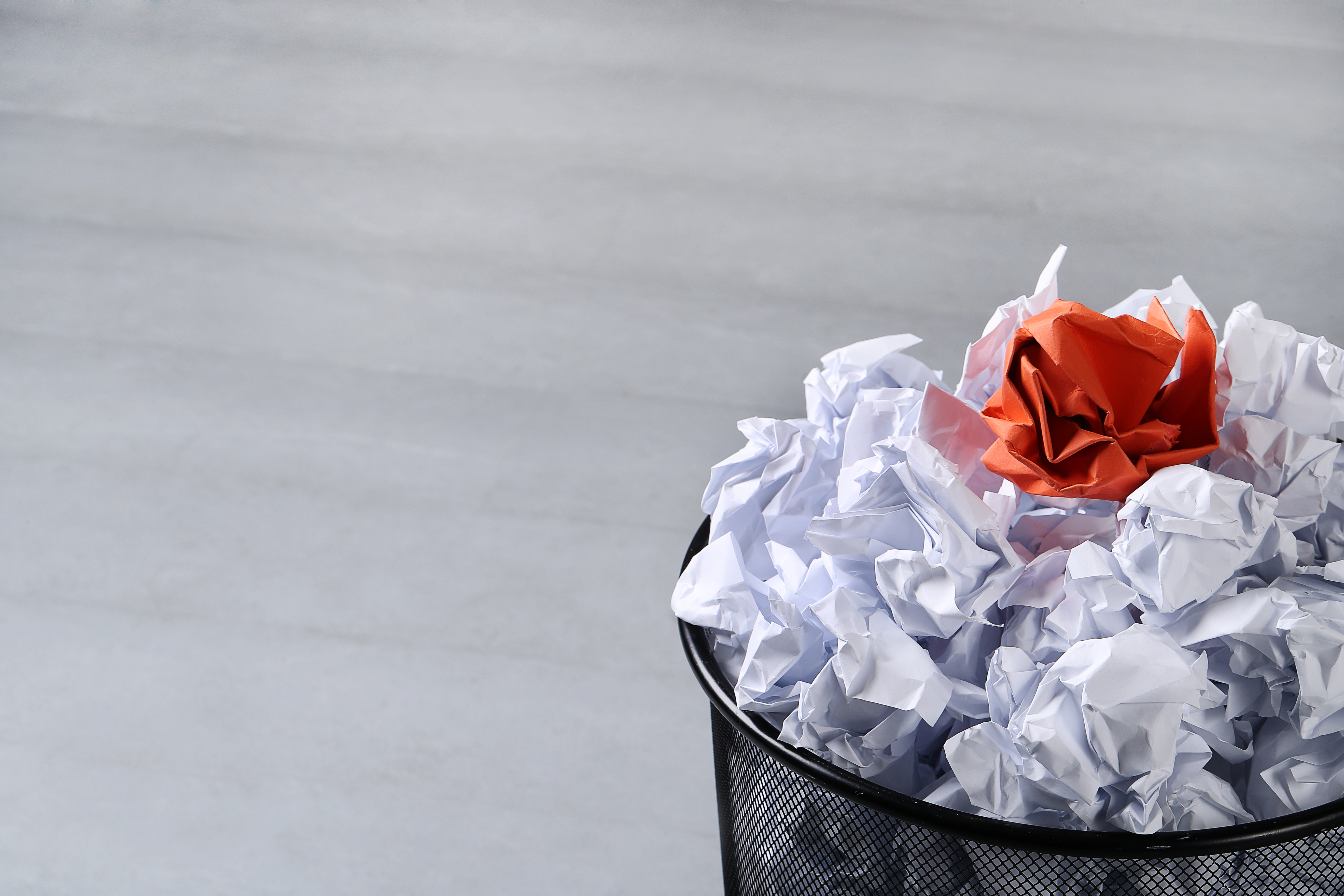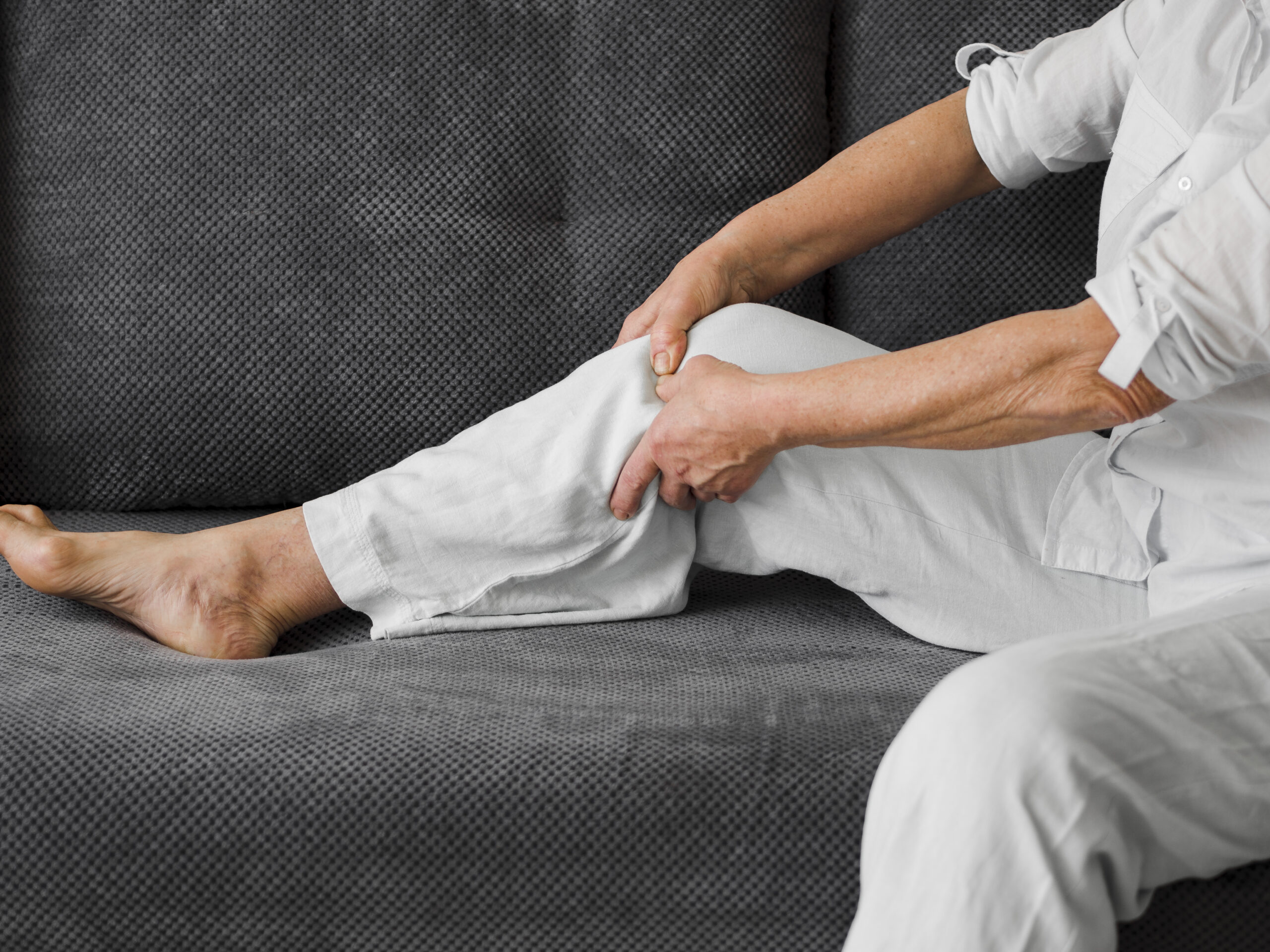Have you ever had a bowel movement that caused pain, discomfort, or bleeding? If so, you may have piles, also known as hemorrhoids. Piles are a common condition affecting many people worldwide, but they are treatable through lifestyle changes, over-the-counter medications, or medical procedures. In this blog post, we will look at the causes, symptoms, and treatments for piles so that you can better understand the condition and take action to relieve your symptoms. So, let’s get started and learn everything there is to know about piles and hemorrhoids.
Types of Piles: An Overview
The anus has spongy tissue called anal cushions, which contain blood vessels and aid in the closure of the anus. Although normal, they can develop into piles, which appear as small, circular, and discoloured lumps that can be felt either on or hanging from the anal canal. The anal canal is a brief muscular tube with blood vessels that links the rectum (the back passage) to the anus.
External piles are felt as small, hard lumps outside the anus, under the skin around the anus. They can be uncomfortable, particularly during bowel movements, and cause itching and irritation.
On the other hand, internal piles form within the anal canal and are invisible from the outside. They are usually painless, but they can cause bowel bleeding. Internal piles that grow too large can prolapse or protrude outside the anus, causing discomfort, pain, and bleeding.
Internal Hemorrhoids are of four kinds:
- First-degree hemorrhoids are small swellings that are located inside the anal canal and do not protrude beyond the anus.
- Second-degree hemorrhoids prolapse (come out) during bowel movements but return on their own.
- Hemorrhoids of the third-degree prolapse during bowel movements must be pushed back inside the anus with a finger.
- Hemorrhoids of the fourth degree are always outside the anus and cannot be pushed back inside.
Causes of Piles
Hemorrhoids/piles can be caused by a number of factors, including:
- Chronic constipation or diarrhea can put pressure on the rectal veins, causing them to swell and become inflamed.
- Straining during bowel movements can put pressure on and cause bulging of the rectal veins.
- Obesity can put a strain on the rectal veins.
- Pregnancy, as the fetus grows, can put pressure on the rectal veins, causing them to swell.
- Aging causes the tissues that support the rectal veins to weaken.
- Some people are born with weak rectal vein walls, making them more prone to developing piles.
- Long periods of sitting or standing can put a strain on the body.
Symptoms of Piles
Depending on the type and severity of the condition, piles symptoms can vary. Among the most common symptoms you might face are the following:
- Pain or discomfort in the area around the anus.
- Itching or irritation in the vicinity of the anus.
- Inflammation or swelling around the anus.
- Bleeding during bowel movements can be seen on toilet paper or in the toilet bowl.
- A protrusion or lump around the anus.
Self-care to Treatment for Piles Problem
Depending on the type and severity of the condition, pile treatment, and self-care may differ. Self-care measures like increasing fiber intake, drinking plenty of fluids, and taking warm baths can help relieve symptoms and promote healing in mild cases. Itching, inflammation, and pain can also be relieved with over-the-counter creams and ointments.
Medical treatment may be required in more severe cases. Rubber band ligation, sclerotherapy, and coagulation therapy can all be used to shrink or remove piles. In rare cases, surgery may be required.
Book an appointment with the best urologist and general surgeon in North Bangalore today at Aveksha Hospital located near your places Vidyaranyapura and Yelahanka. Contact us via call or WhatsApp to schedule your consultation.
Lifestyle changes, in addition to medical treatment, can help prevent the recurrence of piles. Constipation can be avoided by eating a high-fiber diet, staying hydrated, and avoiding prolonged sitting or standing. Regular exercise can also aid in the promotion of healthy bowel movements.
It is critical to seek medical attention in order to receive an accurate diagnosis and appropriate treatment. Symptoms similar to piles can be a sign of a more serious condition, such as colorectal cancer, in some cases. As a result, it is critical to obtain an accurate diagnosis before beginning any treatment or self-care measures!






